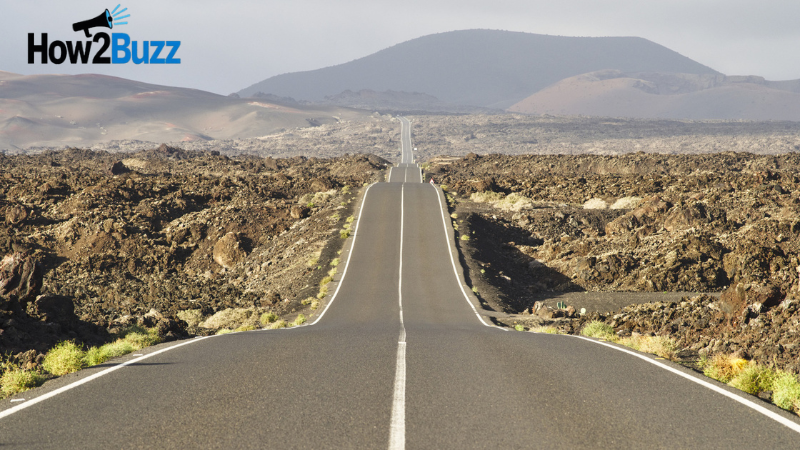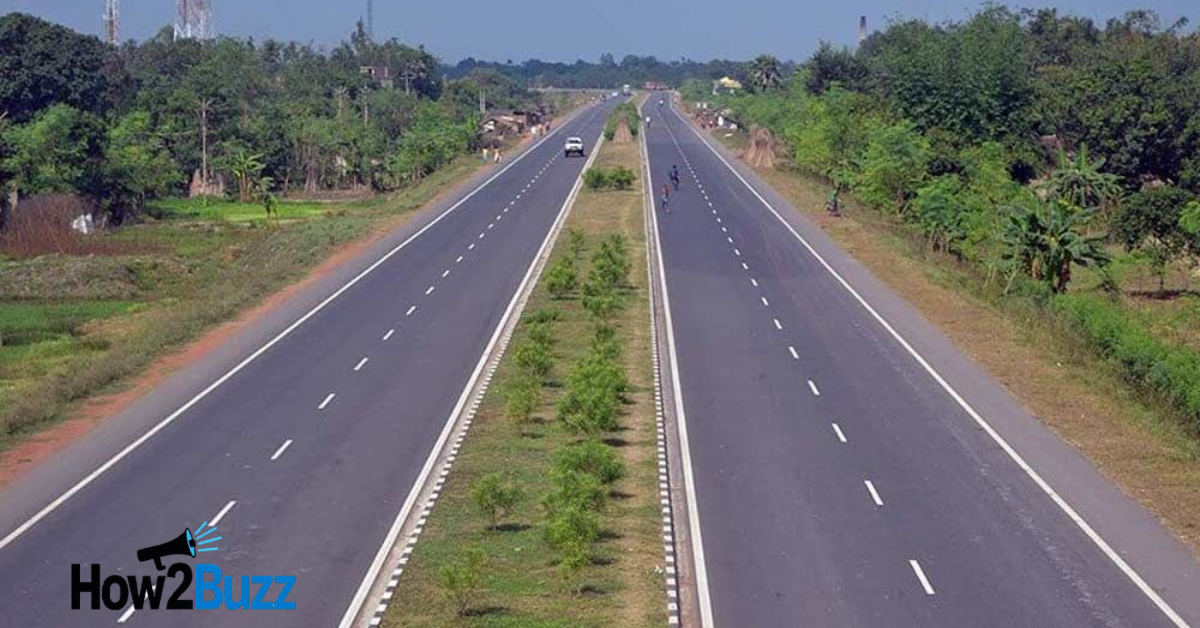When people think about epic adventures, they often imagine flying to distant countries, hopping on a cruise, or perhaps hiking in remote mountains. But there’s a different kind of adventure that captures the hearts of travelers — one that doesn’t rely on planes or ships but on the open road. The longest road world has to offer is more than just a stretch of asphalt; it’s a living artery that connects cultures, climates, and countless landscapes.
This road is not just about getting from point A to point B; it’s about experiencing everything in between. From icy terrains and tropical forests to bustling cities and remote villages, the route offers a constantly changing backdrop that keeps travelers mesmerized. Each kilometer tells a story, making it a living museum for those with a curious spirit.
History of the Longest Road World
The history of the longest road world didn’t happen overnight. It’s the result of decades of construction, engineering marvels, and political cooperation between multiple nations. Originally, these connected routes were built for trade and economic purposes. Over time, as travel technology evolved, the road began to serve not only merchants but also tourists, adventurers, and explorers.
As infrastructure improved, this road transformed from a challenging expedition route into a navigable and somewhat comfortable journey for modern travelers. It remains, however, a challenge for those who wish to conquer it from end to end — not because of its difficulty alone, but because of the sheer length and the dramatic diversity it presents.
Exploring the Longest Road World: An Overview
When people talk about exploring the longest road world has to offer, they’re often talking about more than just a physical route. It’s about the sense of wonder that comes from crossing entire continents on wheels. The road stretches through a patchwork of terrains, climates, and cultures, meaning no two days on the road are ever the same.
Whether you’re driving, cycling, or even hitchhiking along this mammoth path, you’ll witness natural wonders, bustling cities, and remote corners of the earth that few people ever get to see. In many ways, the journey becomes a metaphor for life itself — unpredictable, beautiful, and sometimes challenging, but always worth the effort.
What Makes It Truly Unique
The charm of this route lies in its unpredictability. You might start your morning in a coastal town where fishermen bring in their fresh catch, and by the evening, you could be standing in the shadow of snow-capped mountains. This seamless blending of landscapes is rare, and it’s what makes this journey unforgettable.
Another unique aspect is the cultural diversity. As you move along, the languages, foods, and traditions shift gradually, giving you a sense of the world’s interconnectedness. It’s almost like traveling through a living, breathing encyclopedia of humanity and nature.
Cultural Encounters Along the Route
One of the biggest draws of this road is the people you meet along the way. In one stretch, you may be welcomed by indigenous communities who have lived on the land for centuries, holding onto traditions that date back thousands of years. In another, you might find yourself in a bustling metropolis where modern skyscrapers dominate the skyline.
Traveling this road teaches you that humanity is both diverse and united. The customs, music, and art you encounter will expand your understanding of the world, while also reminding you that kindness and hospitality know no borders.
Natural Wonders You’ll Pass
Nature plays a starring role along the way. There are lush rainforests teeming with wildlife, serene lakes reflecting the sky, and vast deserts that seem to stretch forever. In the colder regions, icy landscapes sparkle under the sun, creating scenes that look like they’re straight out of a postcard.
Every season adds a different charm to the road. Spring brings blooming flowers, summer offers warm and adventurous days, autumn paints the scenery in rich golds and reds, and winter covers parts of the journey in soft, glistening snow.
Challenges on the Journey

While the romance of such a trip is undeniable, it’s important to be realistic about the challenges. The sheer length means that weather conditions can change dramatically within a day. You could be sweating under the sun in the morning and bundling up in the evening.
In some stretches, the road may not be as well-maintained, and fuel stations or rest stops could be far apart. For travelers, planning ahead is crucial — not just for safety but for making sure you can fully enjoy the trip without unnecessary stress.
The Longest Road World and Its Economic Impact
This road isn’t just a tourist attraction — it’s a vital economic lifeline. It connects businesses, facilitates trade, and allows for the movement of goods between regions that would otherwise be isolated. Many local economies thrive thanks to the travelers who pass through, spending money on lodging, food, and souvenirs.
Moreover, the infrastructure surrounding the road often leads to improvements in nearby areas. Better connectivity means more opportunities for education, healthcare, and jobs. It’s a testament to how a single route can impact millions of lives.
How to Prepare for the Trip
Preparation is key when planning to take on this road. Start by mapping out your route, noting the locations of fuel stops, accommodations, and emergency services. Depending on the region, you may also need specific permits or travel documents.
It’s also wise to learn a few phrases in the languages spoken along the route. Not only is this practical, but it’s also a sign of respect that locals often appreciate. And don’t forget to pack a mix of clothing to handle the variety of climates you’ll encounter.
Myths and Misconceptions
Many people imagine that traveling this road requires months of hardship and survival skills. While it’s certainly an ambitious undertaking, modern infrastructure has made much of the route accessible and comfortable. With proper planning, the journey can be both safe and enjoyable.
Another common myth is that only seasoned adventurers can handle it. In truth, people from all walks of life have completed the journey — families in RVs, cyclists on solo adventures, and even people making the trip in modest cars.
Future of the Route
Looking ahead, there are ongoing efforts to improve and expand parts of the road. This includes better signage, upgraded surfaces, and enhanced safety measures. With more awareness about sustainable travel, there’s also a push to ensure that tourism doesn’t harm the environment or disrupt local communities.
The future promises not just a smoother journey but also a more eco-conscious one. Travelers may soon see charging stations for electric vehicles along previously remote stretches, further broadening accessibility.
FAQs About the Longest Road World
Can I travel the entire route in one go?
Technically yes, but it’s a massive undertaking. Most people choose to travel in segments due to time, budget, or seasonal conditions.
Do I need special permits?
Depending on the countries you cross, you may need visas, vehicle permits, and insurance. It’s important to research well in advance.
Is it safe?
While the majority of the road is safe for travelers, there may be regions where caution is advised. Stay updated on travel advisories.
What’s the best time to go?
This depends on the section you plan to travel. Summer is popular for northern stretches, while tropical regions may be better visited in the dry season.


